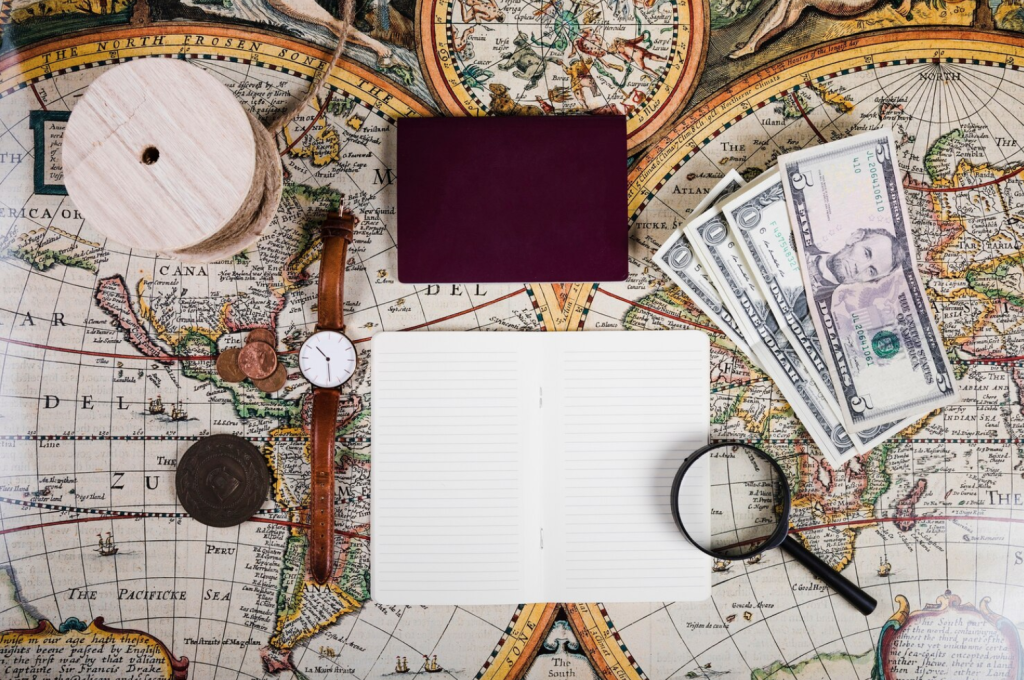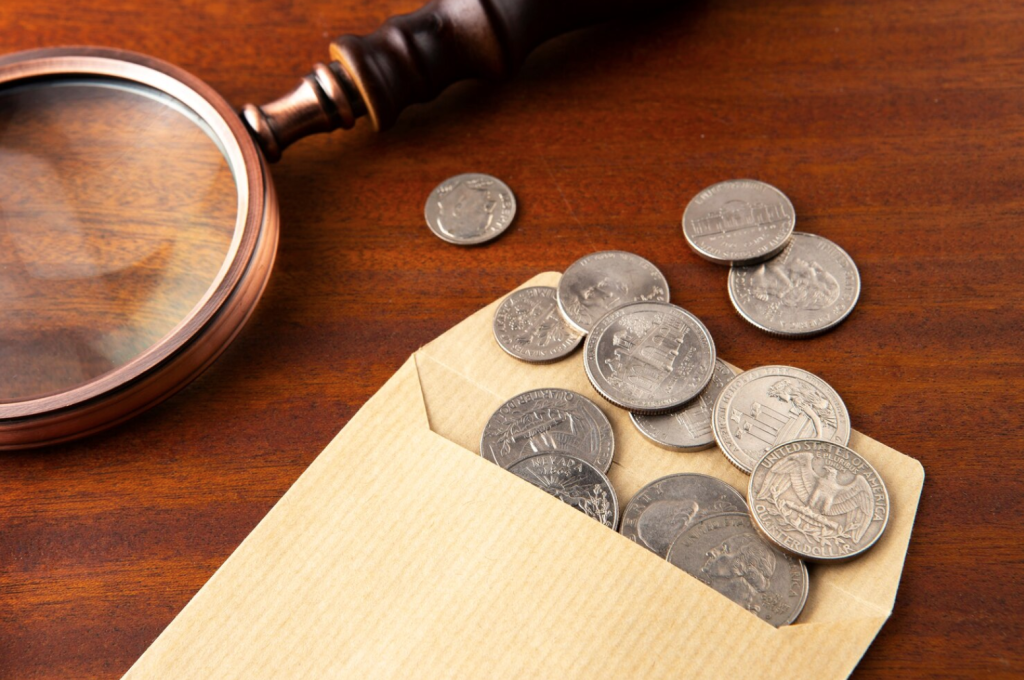Introduction: Stamp collecting, or philately, is more than just a hobby; it’s a journey through time and culture encapsulated in tiny, often overlooked artifacts. Each stamp tells a story, from the design intricacies to the historical context it represents. However, to truly unlock the hidden treasures within stamps, collectors need a tool that transcends the naked eye—a magnifying glass. In this exploration, we delve into the significance of magnifying glasses for stamp enthusiasts, uncovering the intricate details and secrets that lie beneath the surface.
- Beyond the Naked Eye: Revealing Microscopic Wonders
- Stamps are miniature works of art, with designs crafted with remarkable precision. A magnifying glass reveals the intricacies of these designs, from the fine lines to the subtle shades of color.
- Hidden flaws or imperfections, imperceptible to the unaided eye, become apparent under magnification, adding depth to the collector’s understanding and appreciation of each stamp’s uniqueness.
- Watermarks, perforations, and other identifying features, crucial for determining a stamp’s authenticity and value, become unmistakable under the lens of a magnifying glass.
- Uncovering Historical Context: A Window to the Past
- Postage stamps are often imbued with historical significance, commemorating events, personalities, and cultural milestones. Magnification allows collectors to delve deeper into the stories behind these stamps.
- Minute details in the design may hold clues to the time period or the socio-political climate in which a stamp was issued, offering valuable insights into the historical context.
- Studying the printing methods and production variations revealed by magnification provides a deeper understanding of the technological advancements and cultural influences of a particular era.
- Detective Work: Identifying Varieties and Errors
- Magnifying glasses serve as indispensable tools for detecting varieties and errors in stamps, ranging from subtle printing variations to glaring mistakes.
- Varieties such as color shifts, perforation differences, or printing flaws may be overlooked without magnification, but they can significantly impact a stamp’s rarity and value.
- The thrill of uncovering a rare variety or error, hidden in plain sight until magnified, adds an element of excitement and intrigue to the hobby of stamp collecting.
- Preservation and Conservation: Ensuring Longevity
- Magnifying glasses aid collectors in assessing the condition of stamps, identifying signs of wear, damage, or deterioration.
- By closely inspecting stamps under magnification, collectors can take proactive measures to preserve their collection, such as proper storage, handling, and maintenance.
- Detecting early signs of degradation allows collectors to intervene before irreparable damage occurs, safeguarding the integrity and longevity of their stamps for future generations.
Conclusion: In the world of stamp collecting, a magnifying glass is not just a tool but a portal to a hidden realm of wonders waiting to be discovered. It enhances the collector’s experience, revealing intricate details, historical context, and hidden treasures that elevate the appreciation of each stamp. As collectors peer through the lens of a magnifying glass, they embark on a journey of exploration, unlocking the mysteries and marvels of the philatelic world one stamp at a time.



